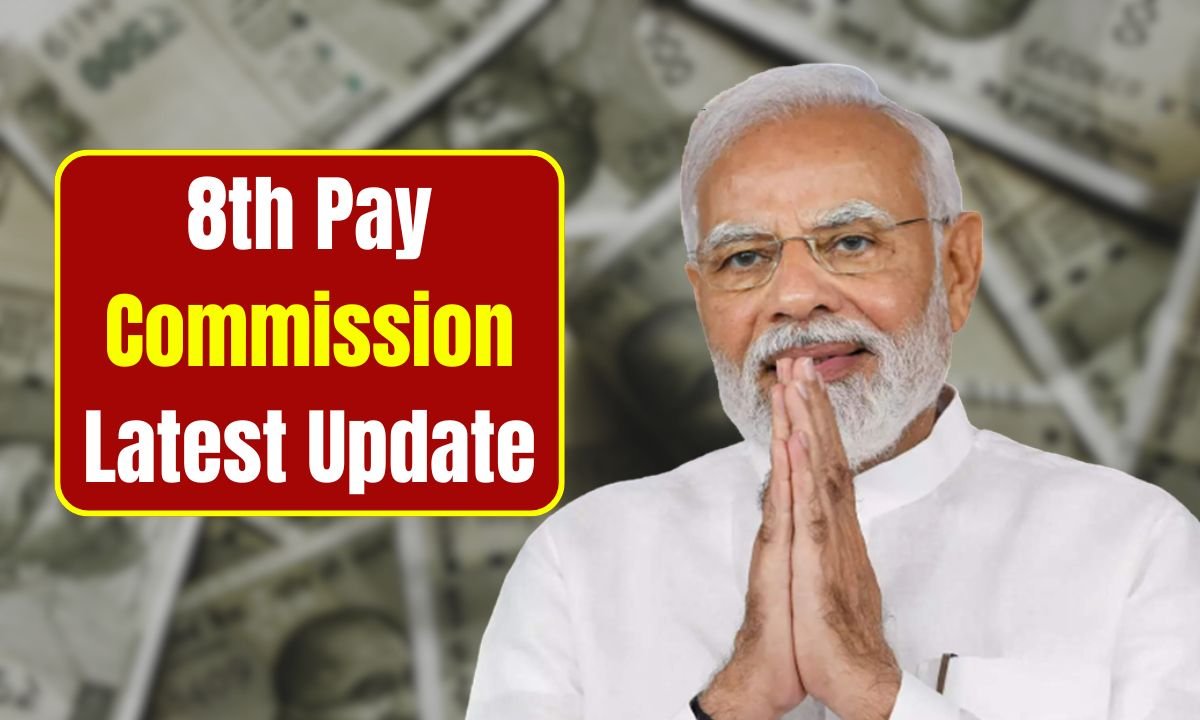Imagine government workers and retirees finally receiving the fulfilment after a decade-long wait. Progress is being made on the 8th Pay Commission, which was suggested in January 2025, as stakeholders submit their suggestions and the Finance Ministry is ready to issue the formal notification.
Inputs from Stakeholders Spark Progress
Minister Pankaj Chaudhary confirmed to the Rajya Sabha that the government has already consulted other ministries such as Defence, Home Affairs, and Personnel and Training, as well as the state governments. These employment-focused discussions are crucial to creating the Terms of Reference which will shape the commission’s recommendations.
Timeline on the Horizon
Looking back, previous pay commissions seem to have a consistent pattern of a year and a half until report submission, while implementation takes another 3 to 9 months. Based on that, Kotak Institutional Equities analysts estimate the 8th Pay Commission will have recommendations ready by late 2026 or early 2027.
Fitment Factor and Salary Increase
An important part of the next revision is the fitment factor. Kotak’s note estimates a multiplier of around 1.8 which may increase the minimum basic pay from ₹18,000 to roughly ₹30,000—actual growth of roughly 13% from the 7th Commission’s structure. Broader discussions even consider factors anywhere from 1.92 to 2.86 which represent a wide range of economic conditions and spending limits.
Fiscal Effect and Economic Ripple
The spending impact of the 8th Pay Commission is estimated to be between 0.6% to 0.8% of the Indian GDP, or an increase of 2.4–3.2 lakh crore in public spending. While this increase in spending power could increase consumption and saving in the short-term, planners will be paying attention to inflation and fiscal shortfalls.
| Key Metric | Projection |
|---|---|
| Notification status | Inputs received; official notification “in due course” |
| Expected implementation | Late 2026 to early 2027 |
| Predicted fitment factor | 1.8–2.86 (likely ≈1.8) |
| Minimum basic pay | ₹18,000 → ₹30,000 (≈13% real increase) |
| Fiscal impact | 0.6–0.8% of GDP (~₹2.4–3.2 lakh crore) |
lance the Terms of Reference and finalise the chair and panel appointments, millions of employees and pensioners will be waiting for that formal green light. With every stakeholder contribution and every analytical prediction, the outlines of the updated pay policy emerge—marking a significant milestone in the public sector compensation timeline for India.
Also read: EPFO New Rules 2025: Aadhaar Face Scan Enables UAN Activation Without Office Visits


